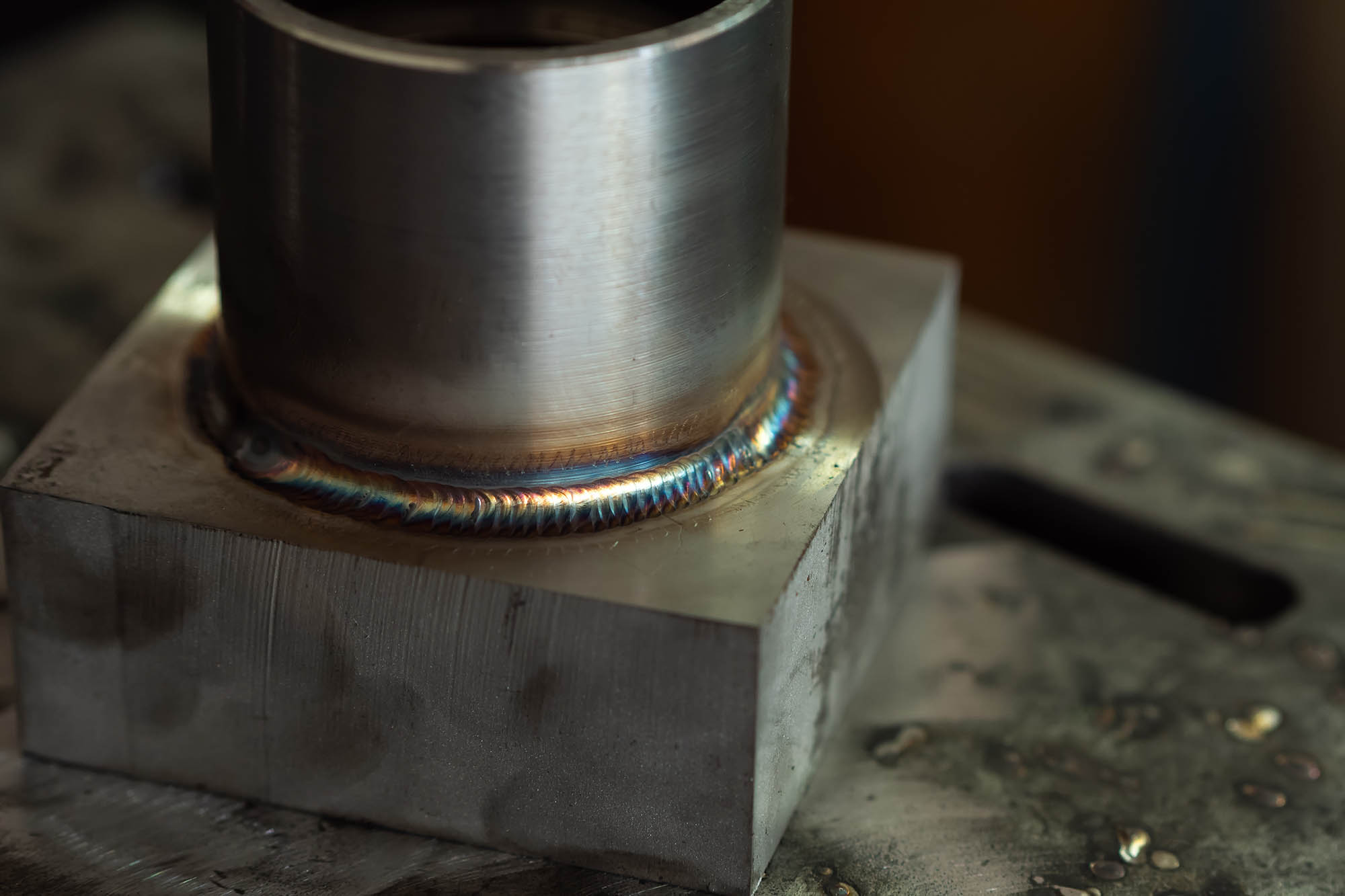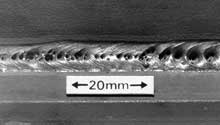Deciphering the Mystery of Porosity in Welding: Tips for Minimizing Flaws and Taking Full Advantage Of Quality
In the elaborate globe of welding, porosity stays a persistent challenge that can significantly influence the top quality and integrity of bonded joints. As we dive right into the depths of porosity in welding, uncovering the secrets to its prevention and control will be vital for professionals seeking to master the art of high-quality weldments.
Understanding Porosity in Welding
Porosity in welding, a typical issue encountered by welders, refers to the presence of gas pockets or voids in the welded material, which can compromise the stability and high quality of the weld. These gas pockets are normally entraped throughout the welding procedure due to various aspects such as inappropriate protecting gas, polluted base materials, or wrong welding criteria. The development of porosity can weaken the weld, making it susceptible to fracturing and deterioration, eventually resulting in structural failings.
By identifying the importance of keeping appropriate gas securing, guaranteeing the tidiness of base materials, and optimizing welding settings, welders can significantly lower the probability of porosity formation. Generally, an extensive understanding of porosity in welding is essential for welders to produce high-quality and resilient welds.

Common Root Causes Of Porosity
When checking welding procedures for potential top quality problems, recognizing the common reasons of porosity is vital for maintaining weld stability and avoiding structural failings. Porosity, characterized by the existence of tooth cavities or voids in the weld steel, can considerably endanger the mechanical properties of a bonded joint.
Furthermore, welding at inappropriate parameters, such as excessively high traveling speeds or currents, can produce too much disturbance in the weld swimming pool, trapping gases and creating porosity. By resolving these common causes via appropriate gas protecting, product prep work, and adherence to optimum welding specifications, welders can minimize porosity and enhance the top quality of their welds.
Methods for Porosity Prevention
Executing efficient safety nets is vital in lessening the occurrence of porosity in welding processes. One technique for porosity prevention is making certain appropriate cleansing of the base steel before welding. Impurities such as oil, grease, corrosion, and paint can result in porosity, so extensive cleansing using ideal solvents or mechanical approaches is vital.

Using high-grade filler products and shielding gases that are appropriate for the base metal and welding procedure can considerably minimize the risk of porosity. Furthermore, preserving proper welding criteria, such as voltage, current, travel rate, and gas circulation price, is important for porosity avoidance.
Moreover, employing proper welding methods, such as keeping a regular travel rate, electrode angle, and arc length, can aid stop porosity (What is Porosity). Appropriate training of welders to guarantee they follow finest methods and high quality control procedures is likewise necessary in minimizing porosity problems in welding

Best Practices for Quality Welds
Making sure adherence to industry standards and proper weld joint preparation are fundamental aspects of attaining consistently premium welds. In addition to these fundamental steps, there are several ideal methods that welders can apply to even more boost the quality of their welds. One secret technique is preserving appropriate sanitation in the welding location. Impurities such as oil, oil, corrosion, and paint can adversely influence the quality of the weld, bring about problems. Extensively cleansing the work surface and surrounding area prior to welding can assist mitigate these problems.
Another ideal practice is to carefully pick the suitable welding criteria for the details materials being joined. This consists of establishing the correct voltage, present, take a trip rate, and securing gas flow price. Appropriate parameter option ensures optimal weld infiltration, blend, and general quality. Furthermore, utilizing premium welding consumables, such as electrodes and filler metals, can significantly affect the last weld quality. Purchasing premium consumables can result in stronger, a lot more resilient welds with less problems. By following Click Here these best methods, welders can regularly generate top quality welds that meet market standards and exceed customer expectations.
Relevance of Porosity Control
Porosity control plays a crucial function in ensuring the stability and high quality of welding joints. Porosity, defined by the presence of tooth cavities or spaces within the weld steel, can dramatically jeopardize the mechanical residential properties and structural honesty of the weld. Extreme porosity compromises the weld, making it extra vulnerable to cracking, deterioration, and general failure under functional tons.
Reliable porosity control is vital for maintaining the wanted mechanical residential properties, such as stamina, ductility, and sturdiness, of the welded joint. What is Porosity. By lessening porosity, welders can enhance the general top quality and reliability of the weld, making sure that it fulfills the performance demands of the desired application
Furthermore, porosity control is crucial for attaining the desired aesthetic appearance of the weld. Too much porosity not only deteriorates the weld but likewise diminishes its visual charm, which can be essential in industries where appearances are necessary. Correct porosity control techniques, such as utilizing the correct protecting gas, regulating the welding parameters, and making sure appropriate tidiness of the base look at here now products, are crucial for producing top quality welds with minimal issues.

Conclusion
Finally, porosity in welding is an usual issue that can compromise the quality of the weld. By comprehending the reasons for porosity and carrying out proper prevention methods, welders can reduce flaws and attain better welds. It is vital to manage porosity in welding to ensure the honesty and strength of the final product. Applying best techniques Our site for porosity control is critical for accomplishing optimum welding results.